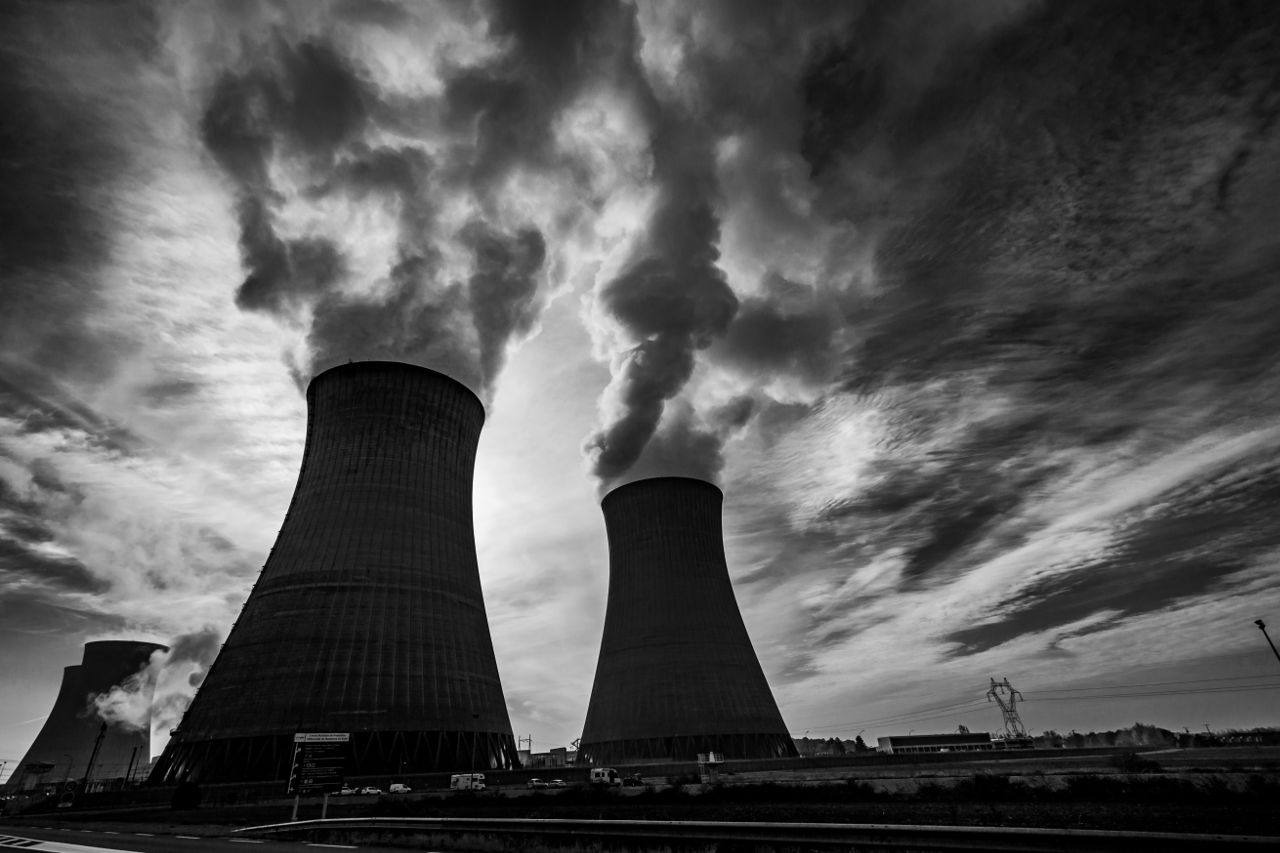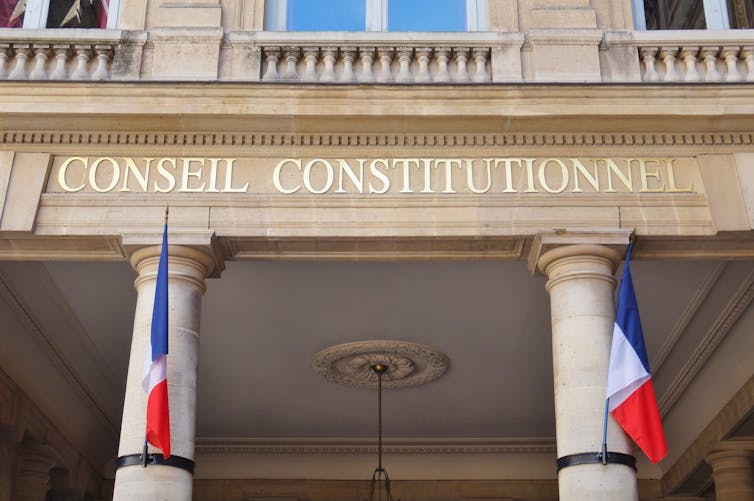Regulated access to nuclear energy: the battle has only just begun...
The NOME (New Organization of the Electricity Market) law of 2010 established the Arenh (regulated access to historic nuclear energy) mechanism, which, since mid-2011, has allowed EDF's competitors to purchase 100 TWh of nuclear electricity at cost price, representing around 25% of French nuclear production at the time, until 2025.
Boris Solier, University of Montpellier and Jacques Percebois, University of Montpellier

The aim was to enable alternative suppliers competing with EDF, which produced thermal electricity, which was more expensive at the time, or which purchased electricity on the wholesale market at a price higher than the cost of nuclear power, to compete with EDF by offering prices close to those of the incumbent operator.
The mechanism has worked well, and all operators believe that it has enabled these new entrants to gain market share. But today, some would like to strengthen it, while others, notably EDF, would like to abolish it.
A factor in price stability
When wholesale market prices collapsed following the fall in thermal electricity costs and the injection of renewable electricity financed outside the market across Europe, new entrants preferred to buy their electricity on the wholesale market, abandoning the use of Arenh purchases. This was particularly the case in 2016. Arenh is a kind of "free option," with potential buyers using this option as they see fit, without any compensation for EDF if they decide not to proceed. At the very least, this option should no longer be free, and buyers should pay a premium, even if it is modest.
It was only at the end of 2018 that Arenh's demand for 2019 exceeded the 100 TWh ceiling for the first time, due to an anticipated rise in wholesale prices, forcing the Energy Regulatory Commission (CRE) to reduce everyone's demands in order to remain within the volume stipulated by law. The rise in wholesale electricity prices can be explained by the sharp increase in carbon prices on the European quota market, which rose from around €8 to €25 per ton ofCO2 in a very short period of time, as well as the rise in oil prices on international markets.
Arenh's request was for 133 TWh for 2019, and new entrants only obtained 75% of the desired volume under the pro rata rule. Things have worsened in recent weeks as Arenh's demand for 2020 now stands at 147 TWh, and the CRE has been forced to use the same pro rata rule to reduce the claims of each of the 73 applicants, who thus obtained only 68% of the requested Arenh volume.
These new entrants will therefore have to purchase the shortfall on the wholesale electricity market, which is likely to increase the price paid by the end consumer if this wholesale price is, as is likely, higher than the Arenh level. Historic nuclear power, because it is largely amortized, is a factor in stabilizing the price of electricity paid by the end consumer when wholesale electricity prices tend to rise.
The end of this asymmetric regulation?
EDF's competitors are calling for the volume of 100 TWh to be increased to 150 TWh, which would increase Arenh's share well above 25%, since nuclear production has already declined and will continue to decline in volume due to the planned closure of certain nuclear power plants.
An amendment to this effect was passed in parliament, but the Constitutional Council, referred to by certain senators, expressed reservations in its decision handed down on November 7, 2019. It justified the mechanism but requested that the Arenh price be revised to take into account changes in the cost of nuclear power. The producer EDF is asking for the Arenh level to be raised above the price of €42 per MWh, which has been in effect since early 2012.

EQRoy/Shutterstock
In a way, this Arenh mechanism constitutes asymmetric regulation in that it amounts to a form of positive discrimination in favor of new entrants. The incumbent operator considers that, with a competitive market price equal to or lower than the Arenh level, the optional and discretionary use of this mechanism, which is a privilege enjoyed by EDF's competitors, has become an unjustified advantage in favor of those competitors, especially since the increasing safety constraints imposed by the ASN (Nuclear Safety Authority) are generating additional costs that should, at the very least, lead to an increase in the Arenh level.
Added to this is the fact that nuclear power is often squeezed out of the market by renewables, whose marginal cost is close to zero, which is only possible because the fixed costs of these renewables remain subsidized outside the market. And as the number of entrants grows, demand for Arenh will increase, further reducing EDF's market share. The incumbent operator is thus threatened with a "death spiral" by helping its competitors to gradually drive it out of the market.
Should such a system therefore be maintained or abolished ahead of schedule, given that new entrants now account for more than a third of electricity sales by volume in France?
From Arenh to Aren?
If this mechanism is maintained, it seems fair to simultaneously increase the Arenh price to take into account the additional costs incurred by the historic nuclear industry since 2012. The best solution would undoubtedly be to abolish it, since competition is now a reality, judging by the market share of new entrants (35%), the sales force of these entrants (Total, for example), and the number of customers leaving EDF each year (more than 100,000 per month). Finally, we can take advantage of this opportunity to kill two birds with one stone by placing nuclear production in a company wholly controlled by the state, whose selling price would be regulated by the public authorities (the CRE in this case).
The volume of Arenh would thus be increased to 100%, and all electricity suppliers (EDF and new entrants alike) would be able to purchase it according to their customer portfolio, with fair distribution keys when demand exceeds supply. The Arenh would become the Aren, as new nuclear power would also be included. This would amount to splitting EDF into two companies, one wholly public and regulated, the other partially public and more integrated into market mechanisms.
This seems to be the solution chosen by the public authorities with the "Hercule" project (EDF bleue and EDF vert). However, some see this as a risk of a gradual phase-out of nuclear power (as the public company would be responsible for managing stranded assets, i.e., assets rendered obsolete by new legislation), while others see it as a risk of increasing privatization of EDF's non-nuclear activities. Behind the battle over Arenh, therefore, looms another issue: the restructuring of the French electricity landscape.![]()
Boris Solier, Senior Lecturer in Economics, Associate Researcher at Art-Dev and Chair of Climate Economics, University of Montpellier and Jacques Percebois, Professor Emeritus of Economics, Associate Researcher at the Chair of Climate Economics (Paris-Dauphine), University of Montpellier
This article is republished from The Conversation under a Creative Commons license. Readthe original article.